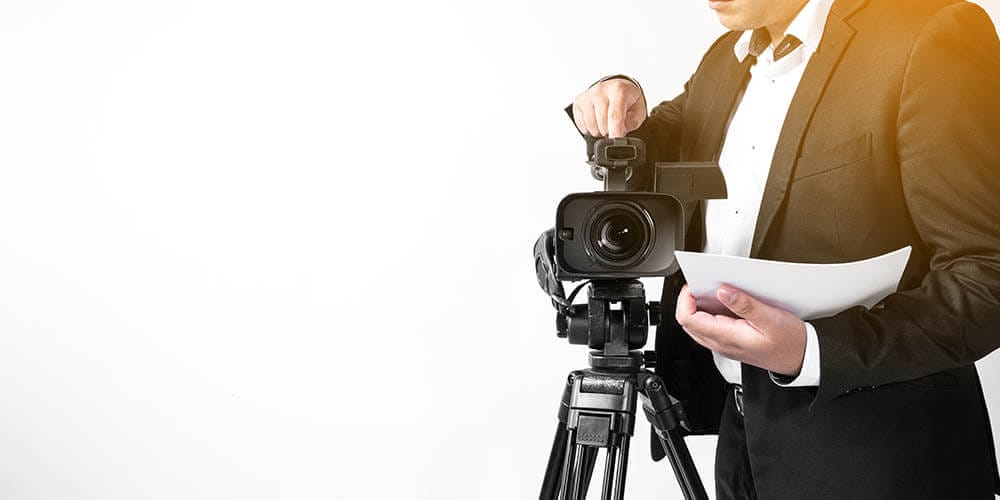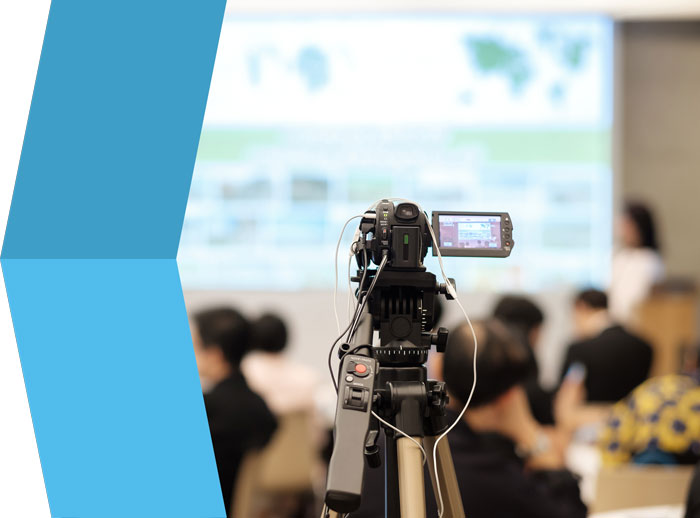Legal Videography: Changing the Means Proof is Recorded and Provided
Legal Videography: Changing the Means Proof is Recorded and Provided
Blog Article
Diving Into the Systems of Lawful Videography: Introduction Its Procedure in Shielding Authentic Visual Testimony for Judicial Process
In the realm of judicial process, the role of legal videography stands as a cornerstone in maintaining and presenting visual proof. As innovation proceeds to breakthrough, the devices behind lawful videography have come to be progressively elaborate, supplying a vital layer of authenticity to statements recorded on video.
Historic Advancement of Legal Videography
Taking a look at the historical progression of legal videography discloses a substantial change in the recording and presentation of visual proof within the legal landscape. In the past, legal process greatly relied upon composed records and pictures to document events and supply proof. Nonetheless, with the introduction of video innovation, the lawful sector observed a paradigm shift in how visual statement was caught and offered.
The evolution of legal videography can be traced back to the late 20th century when developments in video recording equipment made it much more available for use in courtrooms. This technological advancement not only enhanced the accuracy and reliability of visual proof yet additionally changed the means situations were provided to judges and juries (Legal Videography). Lawyers started to identify the influential power of video recordings in communicating feelings, nuances, and non-verbal hints that written pictures or transcripts alone could not record properly

Modern Technology Innovations in Video Clip Documents
What vital technical improvements have reinvented video clip paperwork in the lawful field? The legal area has seen considerable advancements in video paperwork modern technology that have actually boosted the authenticity and dependability of aesthetic proof in judicial procedures. One of the vital innovations is high-definition (HD) video recording abilities, which provide crystal-clear images and sharp details that are important for precisely recording testaments, faces, and other aesthetic signs. In addition, the integration of timestamping and metadata attributes in video clip paperwork tools has actually allowed accurate documentation of when and where the video was videotaped, making sure the stability of the proof offered in court.
Additionally, innovations in video file encryption and watermarking technologies have reinforced the protection and tamper-proof nature of video evidence, securing it against unapproved modifications or meddling. Furthermore, the development of cloud storage space solutions and remote access capacities has structured the storage, access, and sharing of video evidence, facilitating smooth cooperation among lawyers and making sure reliable access to crucial visual testimonies when needed. These technical improvements in video clip documentation have unquestionably revolutionized the lawful area, enhancing the accuracy, integrity, and admissibility of aesthetic proof in judicial procedures.
Function of Lawful Videographers in Court Room Setups
The evolution of video paperwork technology in the legal area has actually demanded an important function for legal videographers in court room setups, making certain the stability and dependability of aesthetic testaments provided throughout judicial proceedings. Clicking Here Lawful videographers play an essential function in catching and maintaining precise visual evidence that can be crucial in lawsuit. Their responsibility expands to establishing equipment, taping proceedings, and producing premium video clips that properly reflect the events in the court room.
In addition, legal videographers often function very closely with legal teams to make sure that the video clip evidence aligns with the situation's needs and can be efficiently offered in court to support the legal disagreements being made. Overall, the duty of lawful videographers in courtroom setups is essential in upholding the principles of justice and ensuring the openness of lawful procedures. Legal Videography.

Ensuring Admissibility and Integrity of Video Proof
To preserve the reliability of aesthetic proof provided in legal process, making certain the admissibility and honesty of video proof is a vital obligation for lawful videographers. Admissibility refers to the acceptance of evidence by the court, and for video clip evidence to be acceptable, it has to satisfy certain standards. Lawful videographers play a vital function in making certain that the videos they capture abide by the guidelines of proof, such as significance, reliability, and authenticity.
Stability of video clip evidence entails maintaining the creativity and accuracy of the video from the time it is recorded until it exists in court. This includes securely keeping the video documents, documenting the chain of custodianship, and protecting against any meddling or changes. Lawful videographers must adhere to strict protocols to ensure the stability of the video clip evidence and protect against any type of challenges to its authenticity.
Future Trends in Legal Videography
Offered the enhancing reliance on innovation in lawful process, legal videographers are poised to welcome cutting-edge developments shaping the future of visual testament capture and presentation. One of the prominent fads imminent is the assimilation of online truth (VR) and enhanced truth (AR) innovations into lawful videography. These innovations have the potential to change exactly how visual evidence exists in find out this here courtrooms, permitting judges and courts to immerse themselves in the scene of the criminal activity or occurrence.
Additionally, using expert system (AI) algorithms for video analysis is anticipated to improve the procedure of examining and analyzing huge amounts of video footage. AI can assist in determining essential moments, abnormalities, and patterns within videos, boosting the effectiveness of lawful examinations.

Final Thought
In verdict, legal videography has actually played a crucial role in giving authentic visual proof for judicial process. With technical developments and the know-how of lawful videographers, the honesty and admissibility of video clip evidence are ensured in courtroom settings. As lawful videography continues to evolve, it will be important to support requirements that maintain the accuracy and reliability of aesthetic statement for the future of lawful proceedings.
Analyzing the historical development of lawful videography reveals a considerable improvement in the recording and discussion of aesthetic evidence within the lawful landscape.The advancement of video paperwork technology in the lawful field has actually necessitated a vital duty for legal videographers in court room settings, ensuring the integrity and reliability of aesthetic testimonies presented during judicial proceedings. Furthermore, legal videographers frequently function closely with legal groups to ensure that the video proof lines up with the case's needs and can be efficiently provided in court to sustain the legal arguments being made.To maintain the credibility of aesthetic proof offered in legal process, making sure the admissibility and integrity of video proof is an essential responsibility for legal videographers. As legal videography continues to evolve, it will be essential to copyright requirements that maintain the accuracy and integrity of visual testimony for the future of legal proceedings.
Report this page